Archive
2021
KubaParis
I SEE MONSTERS EVERYWHERE


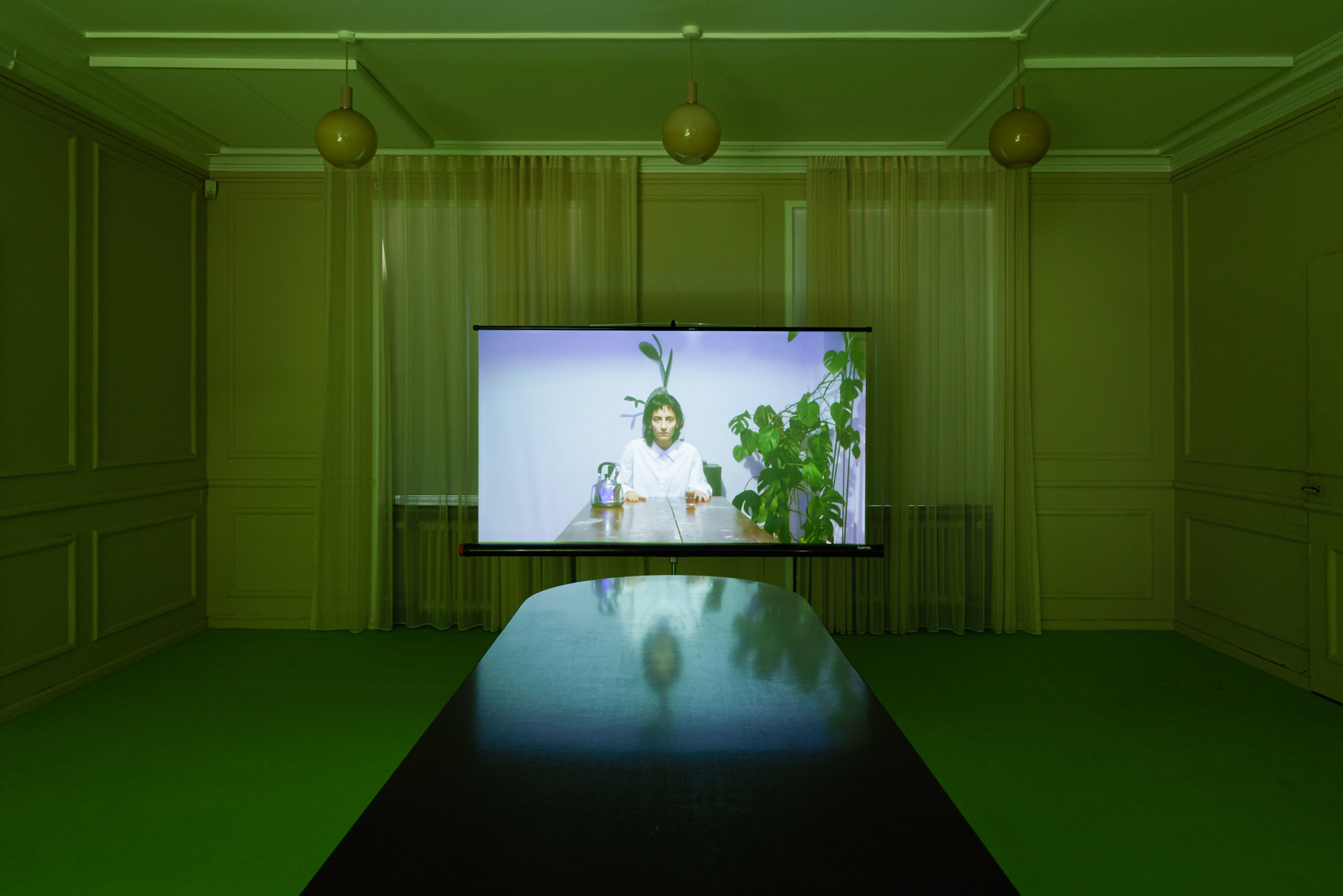

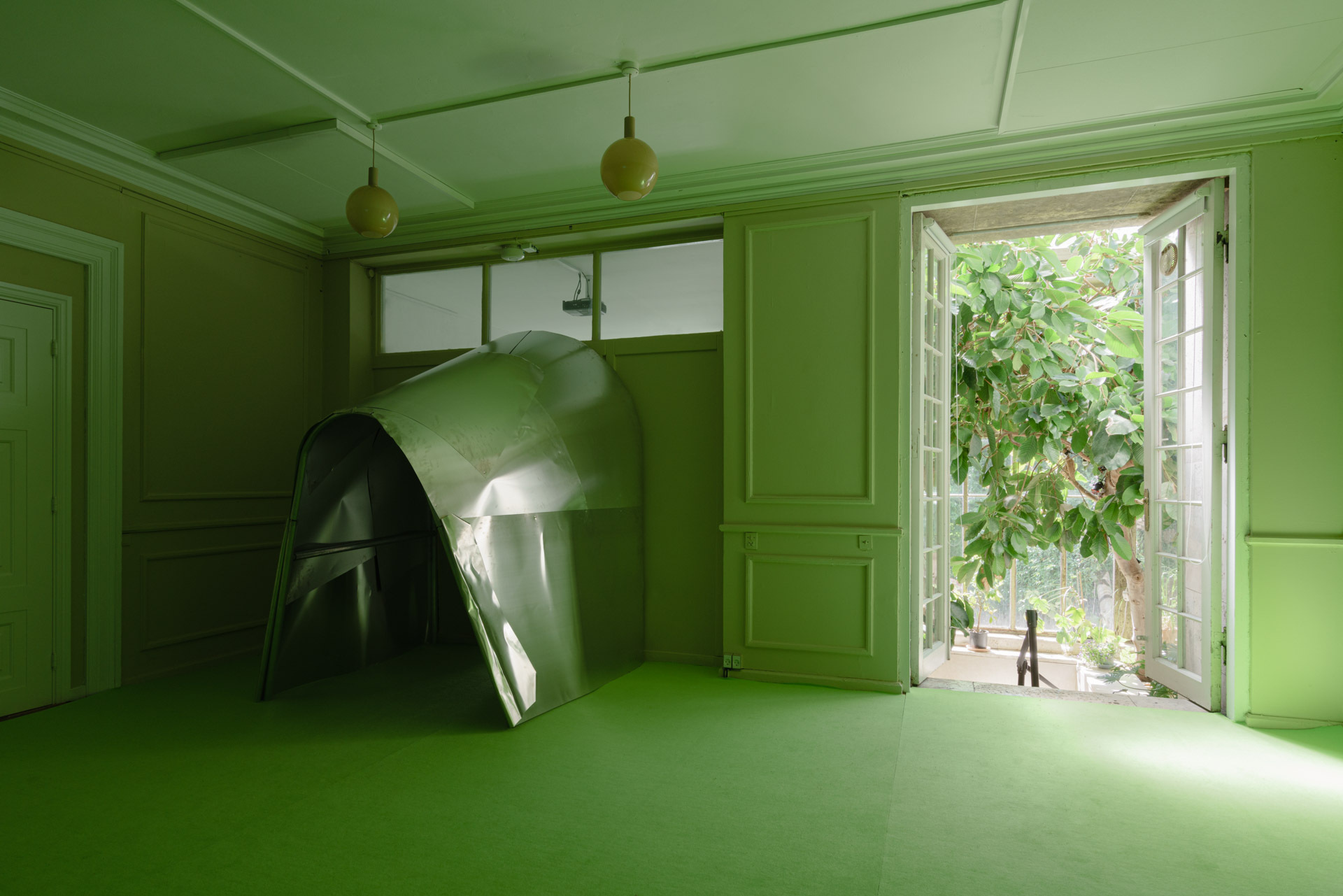
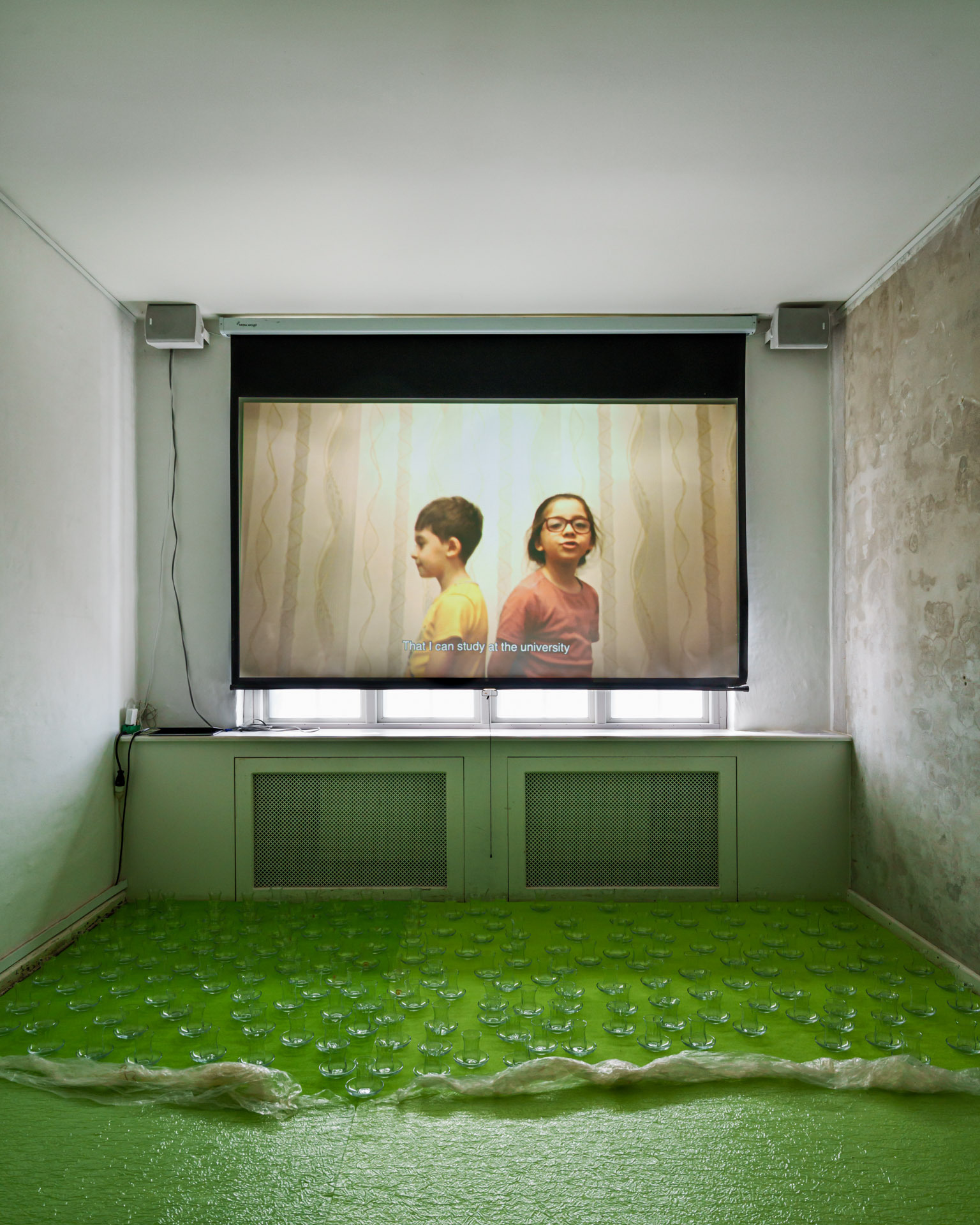
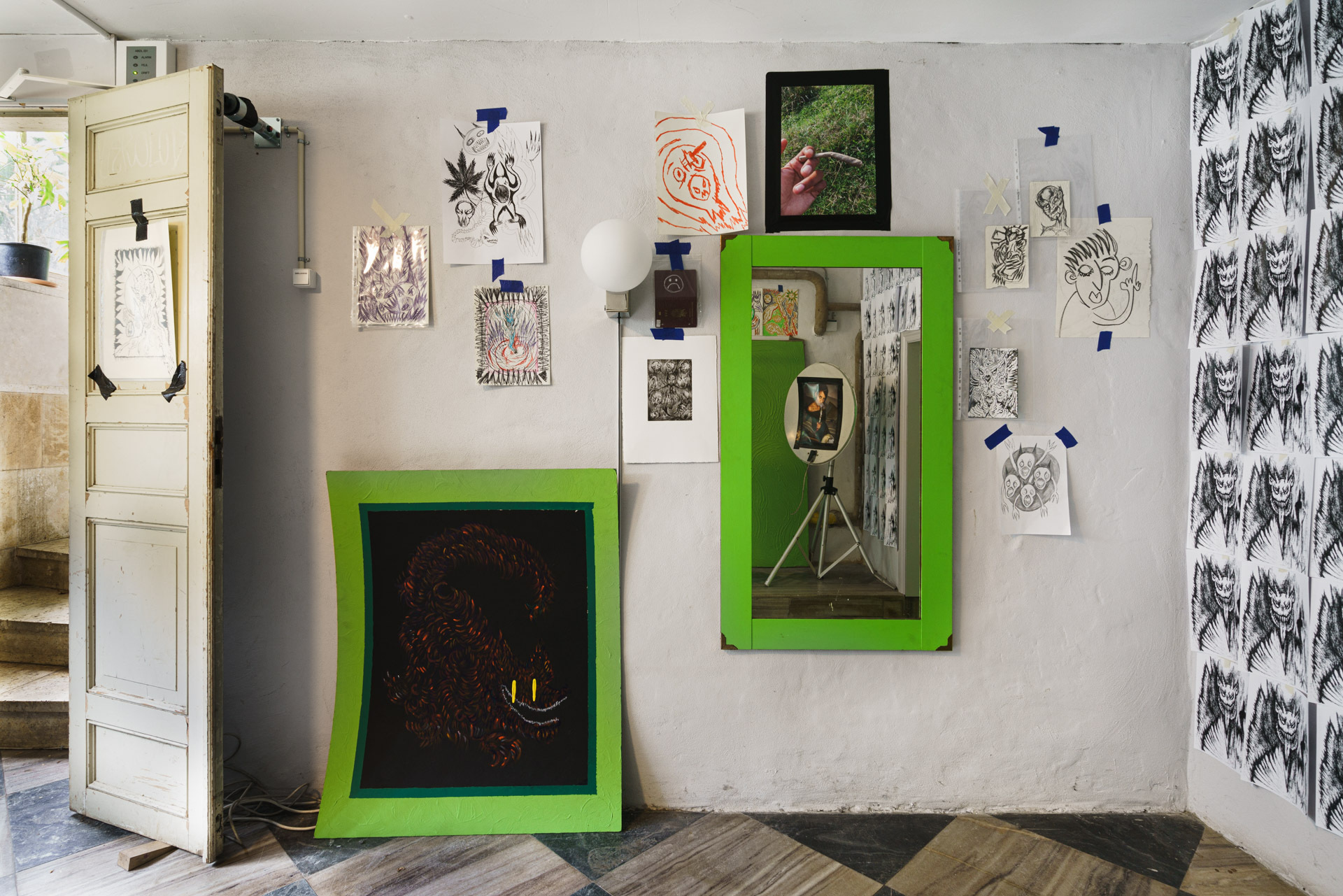
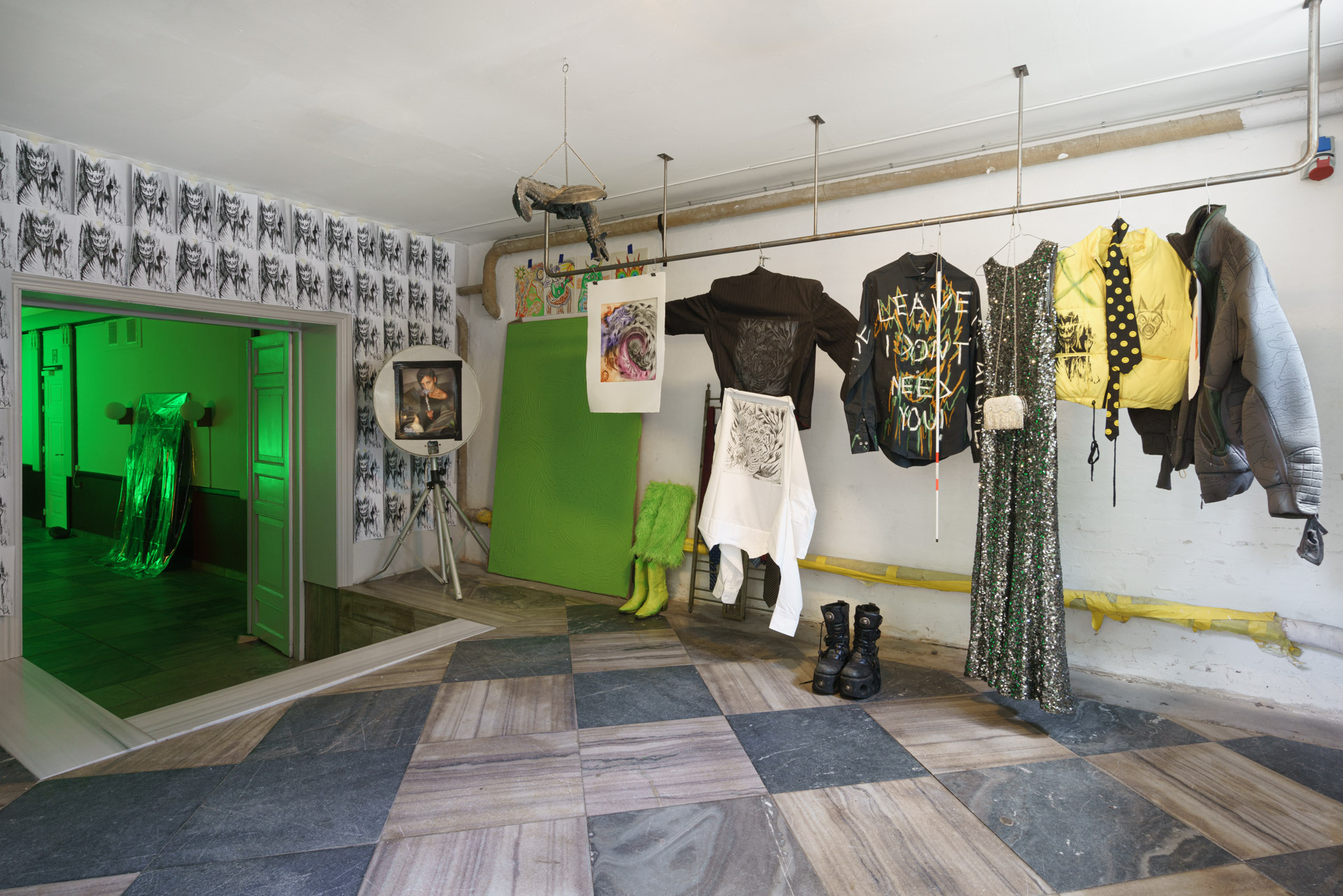
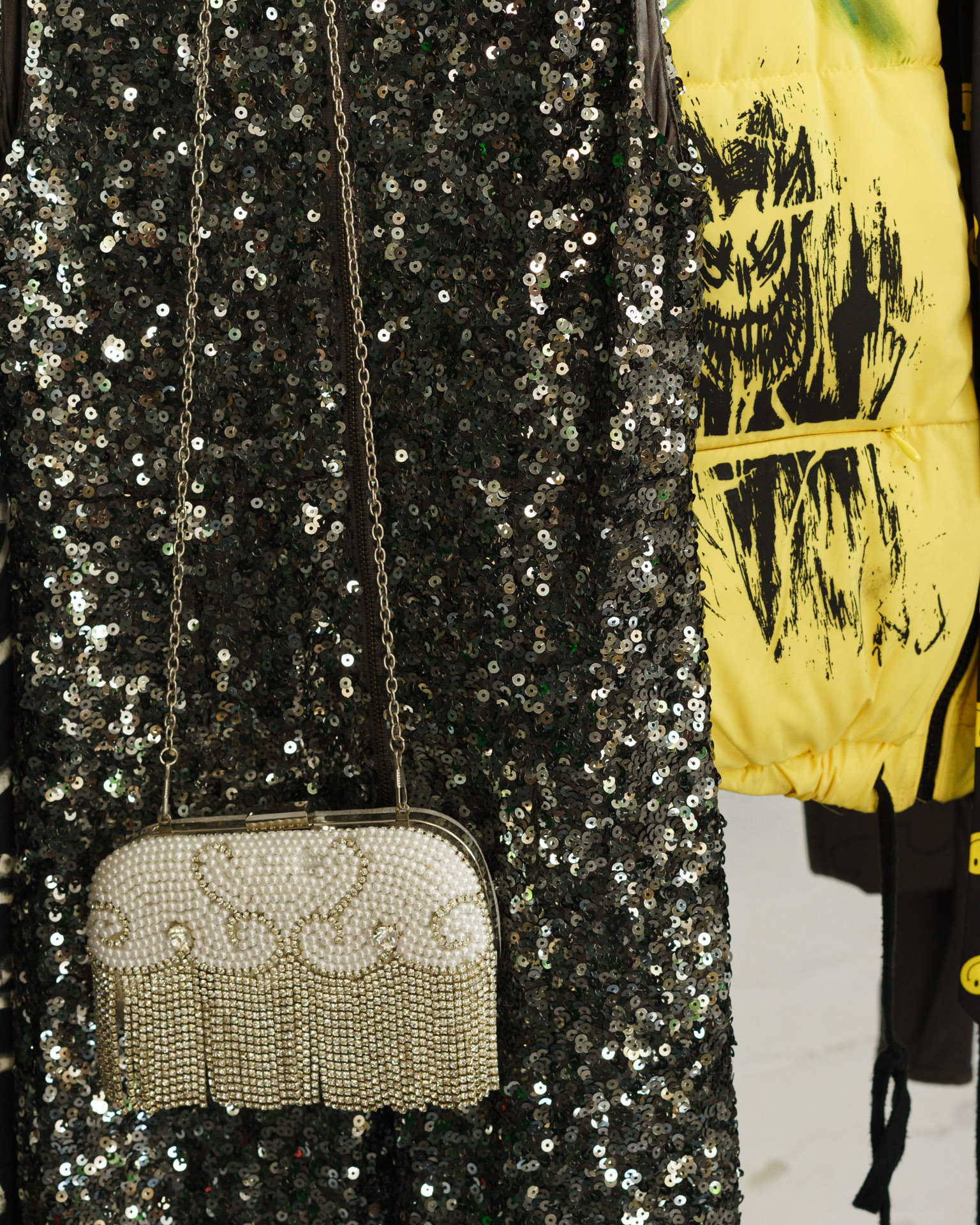
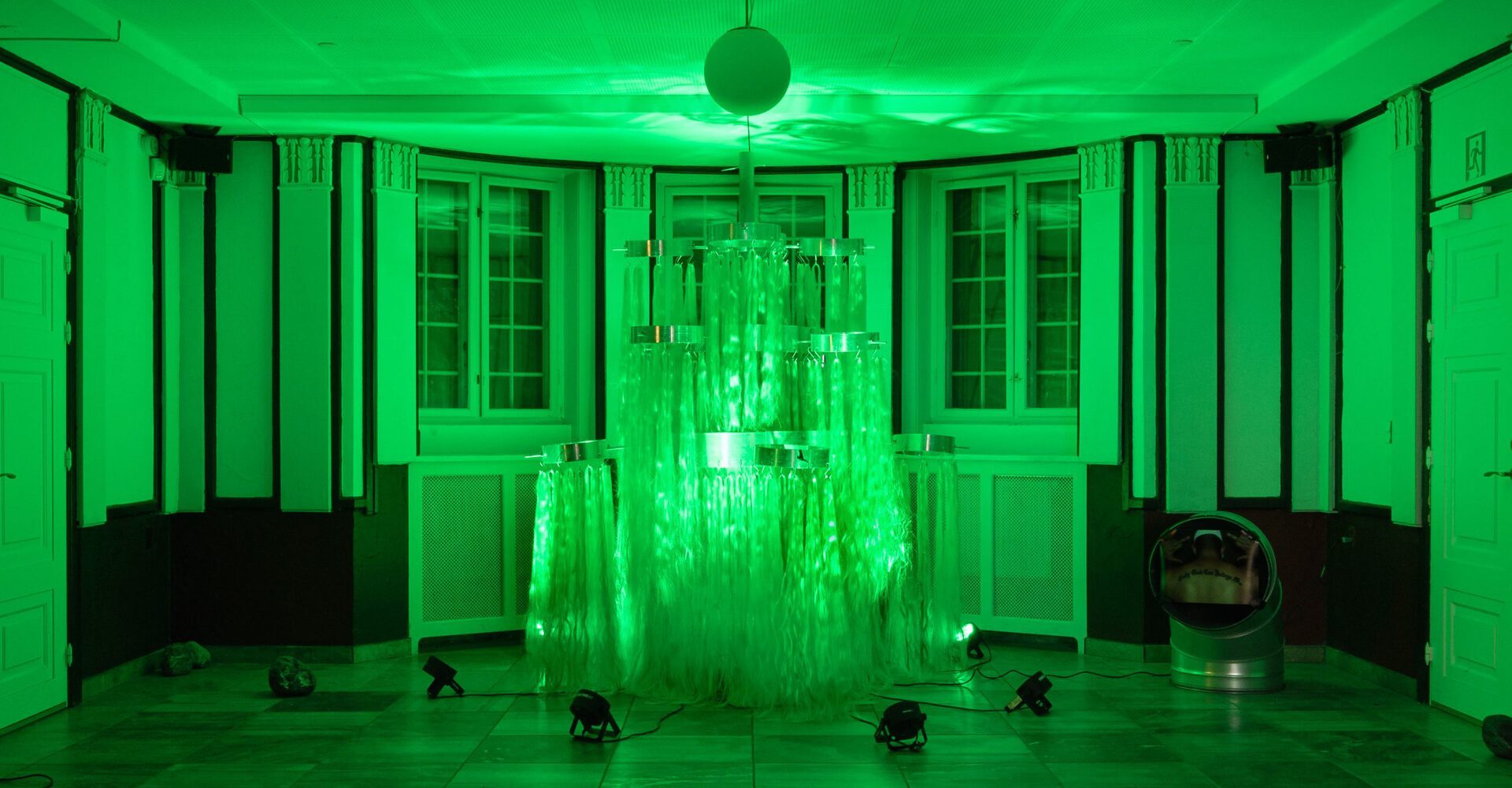
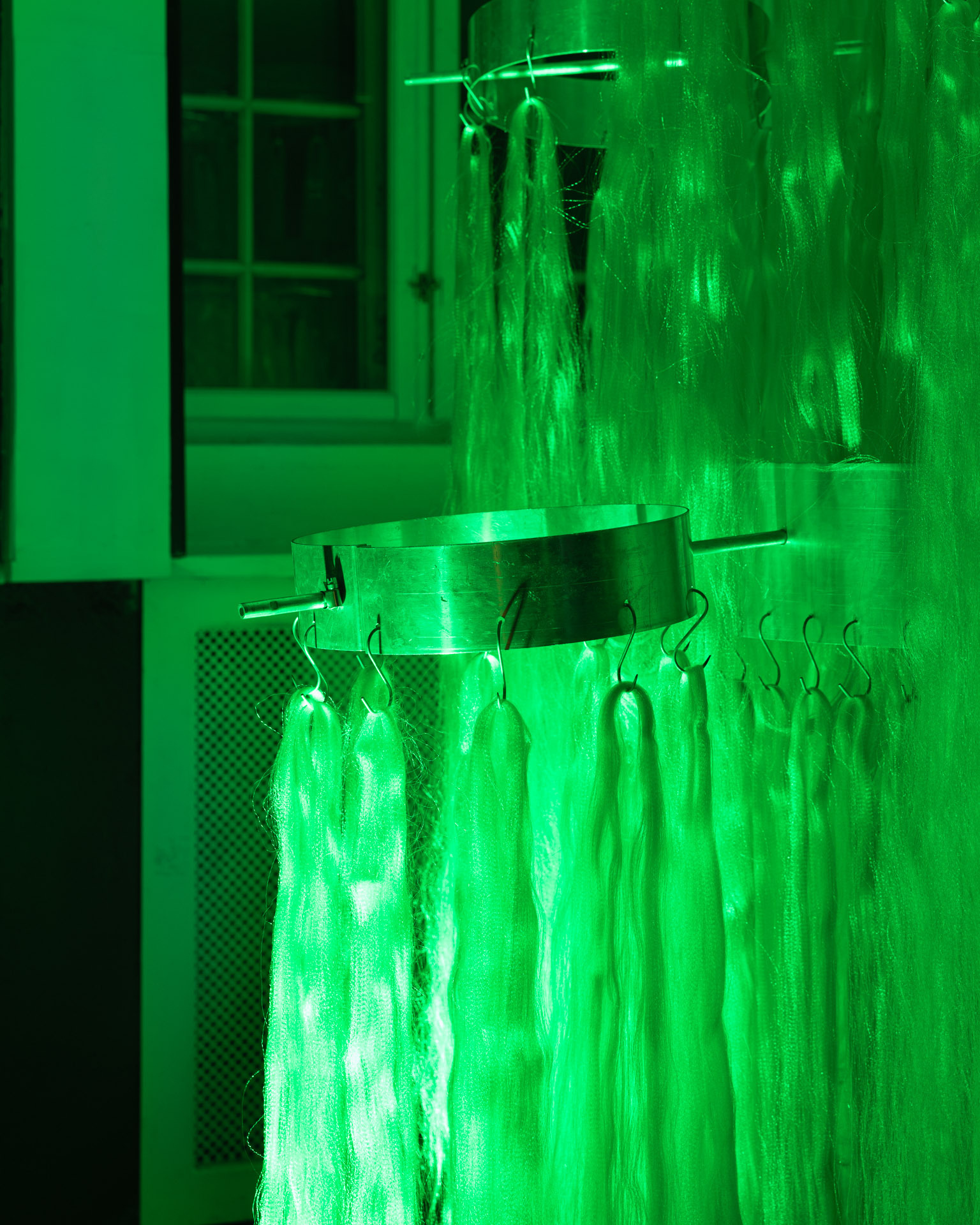
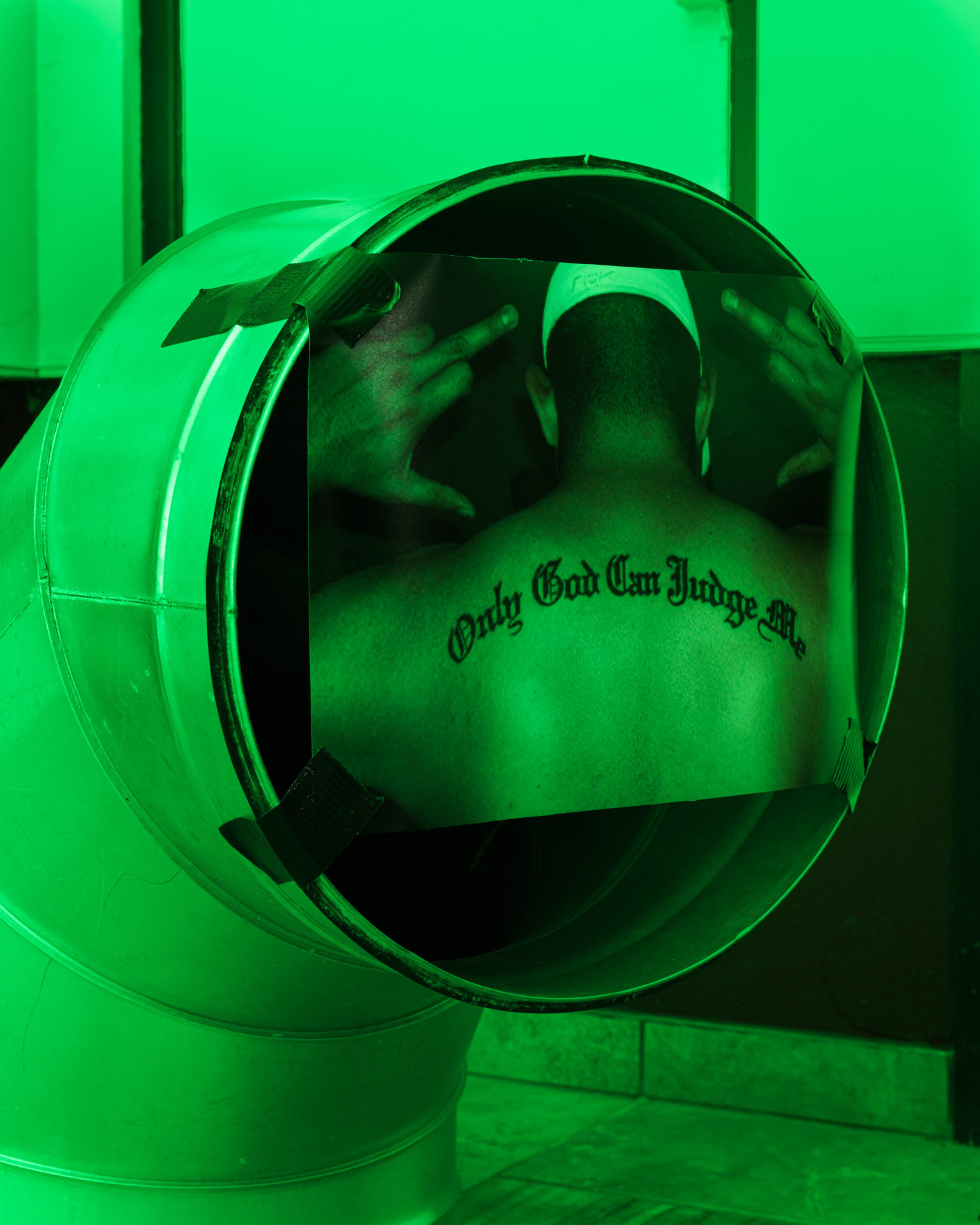
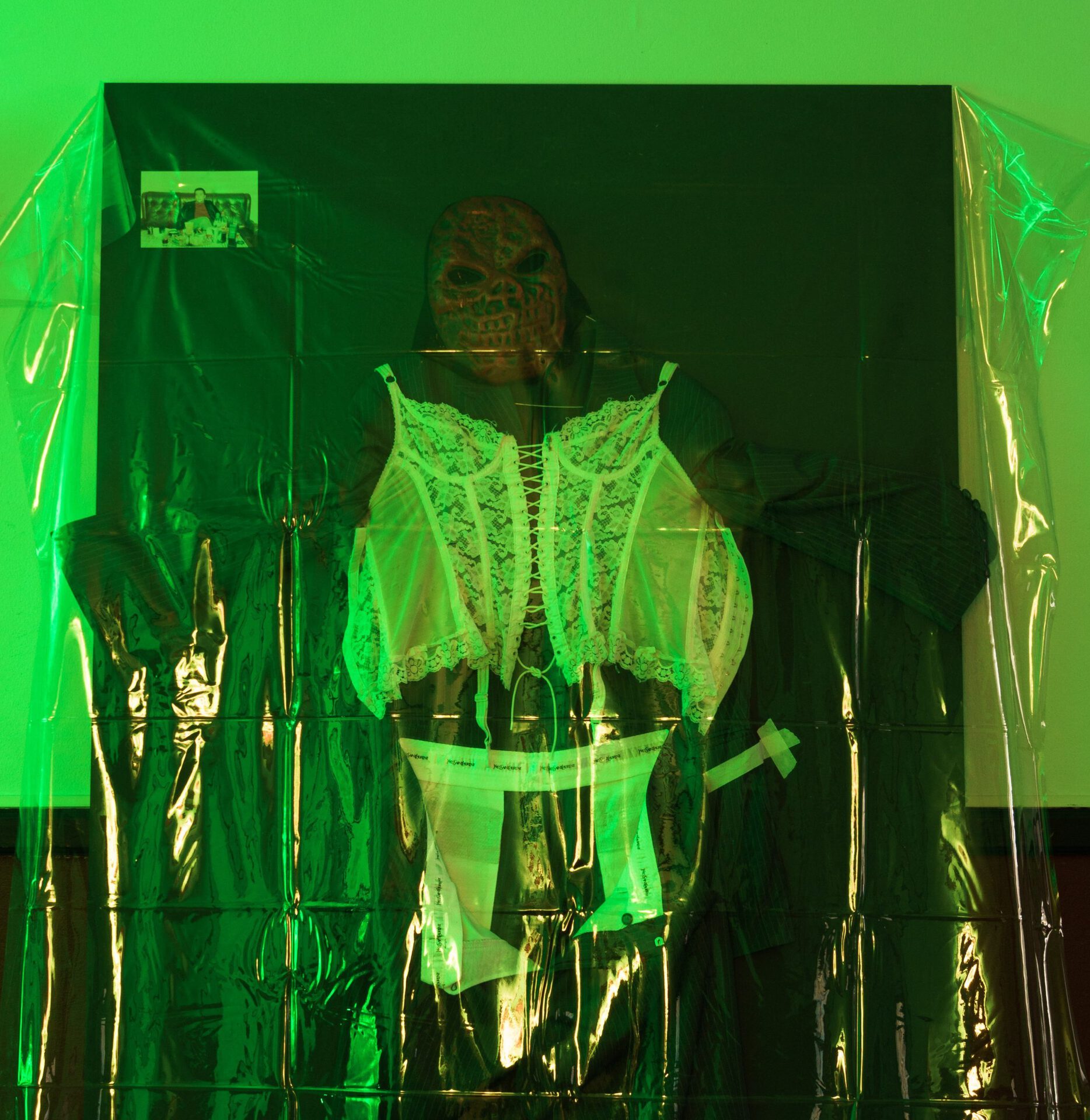
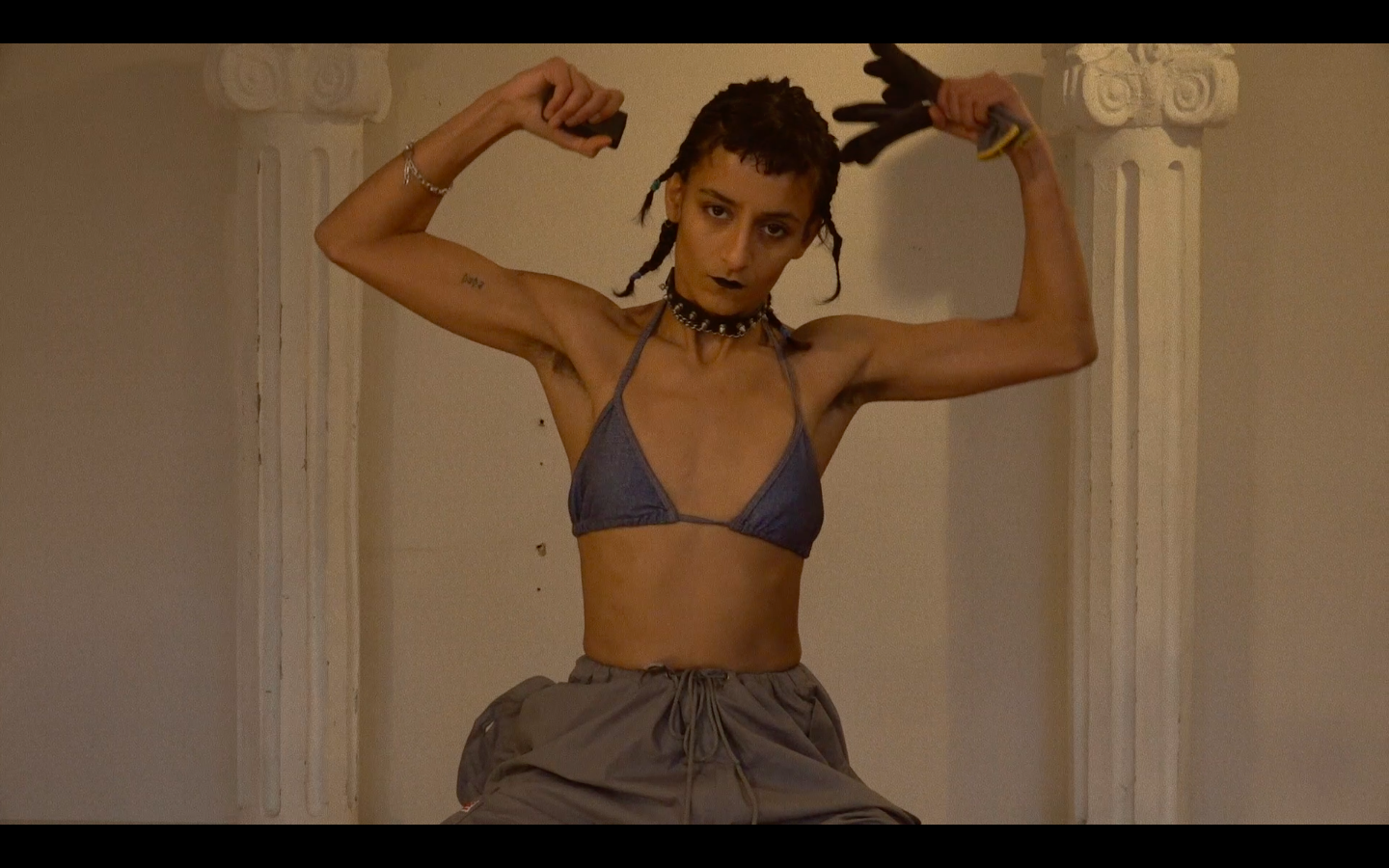
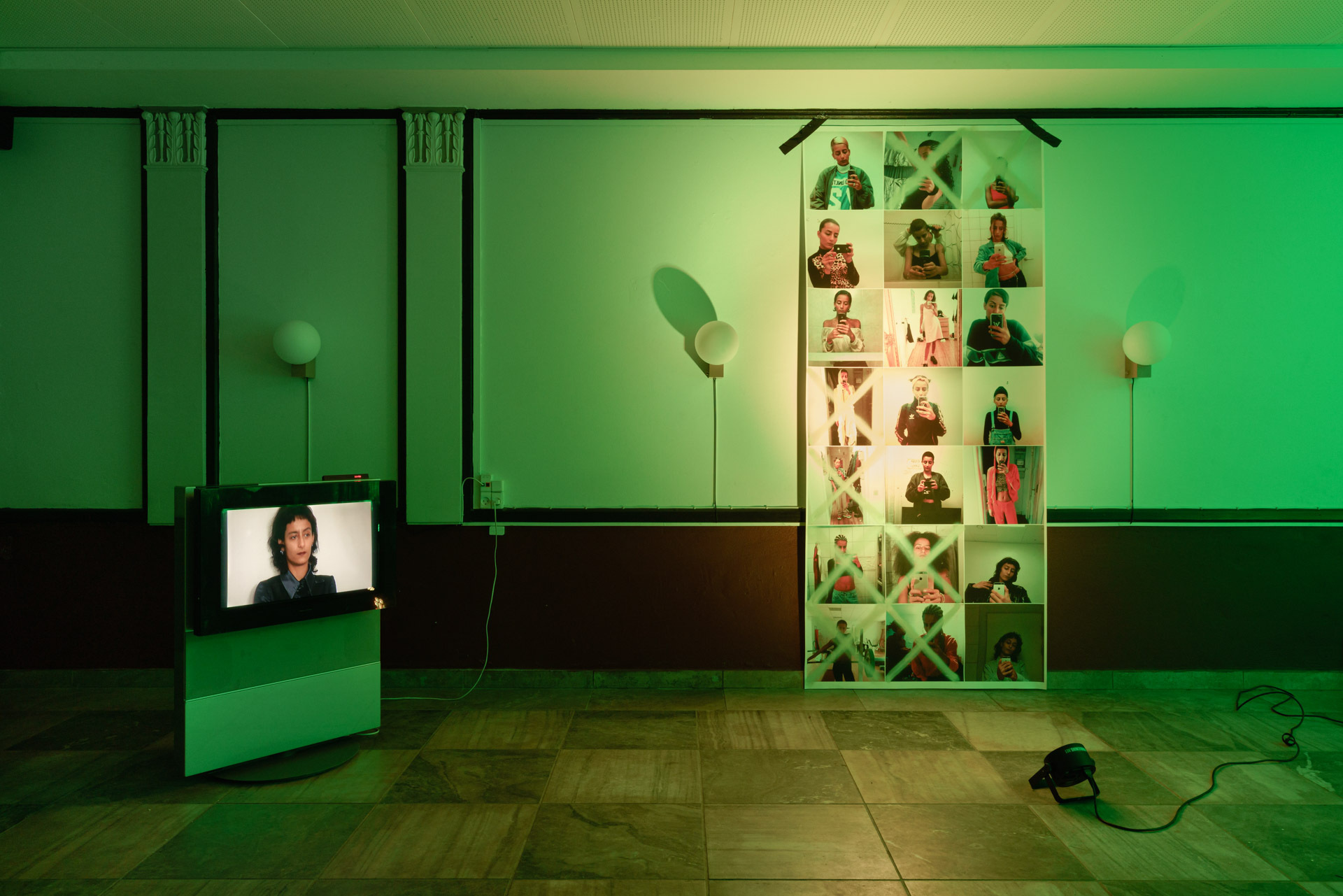
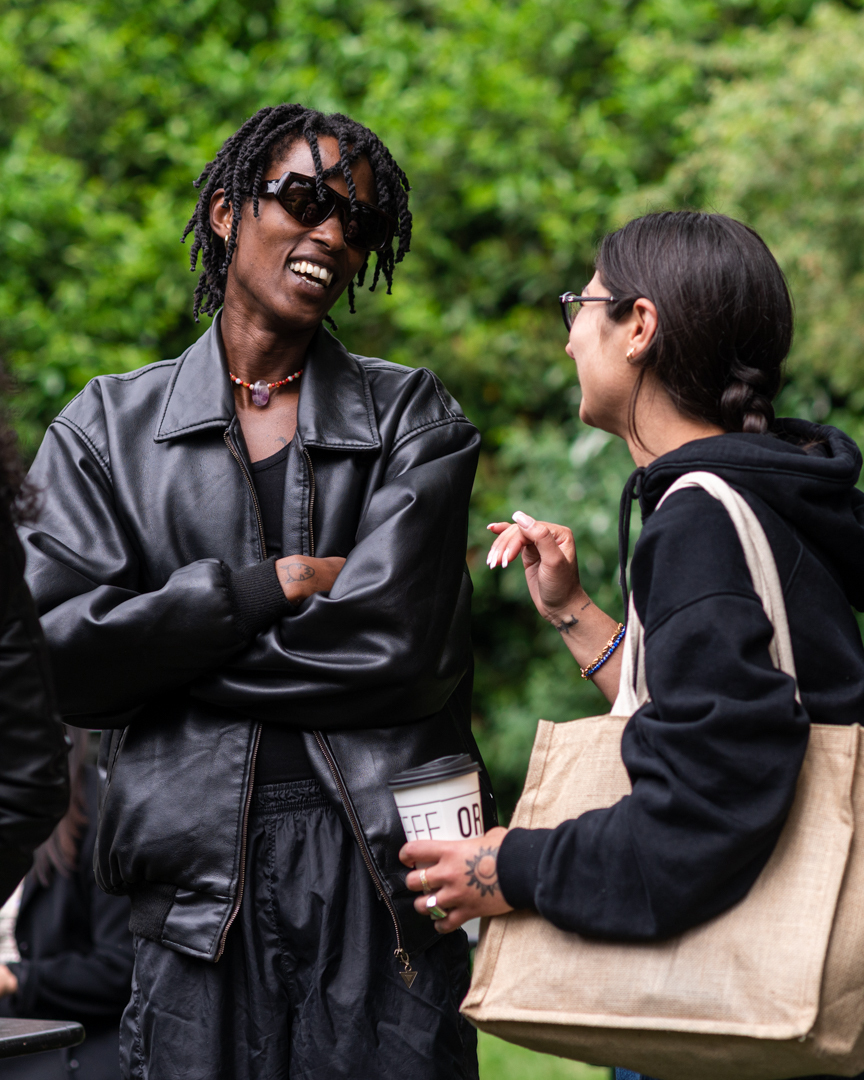
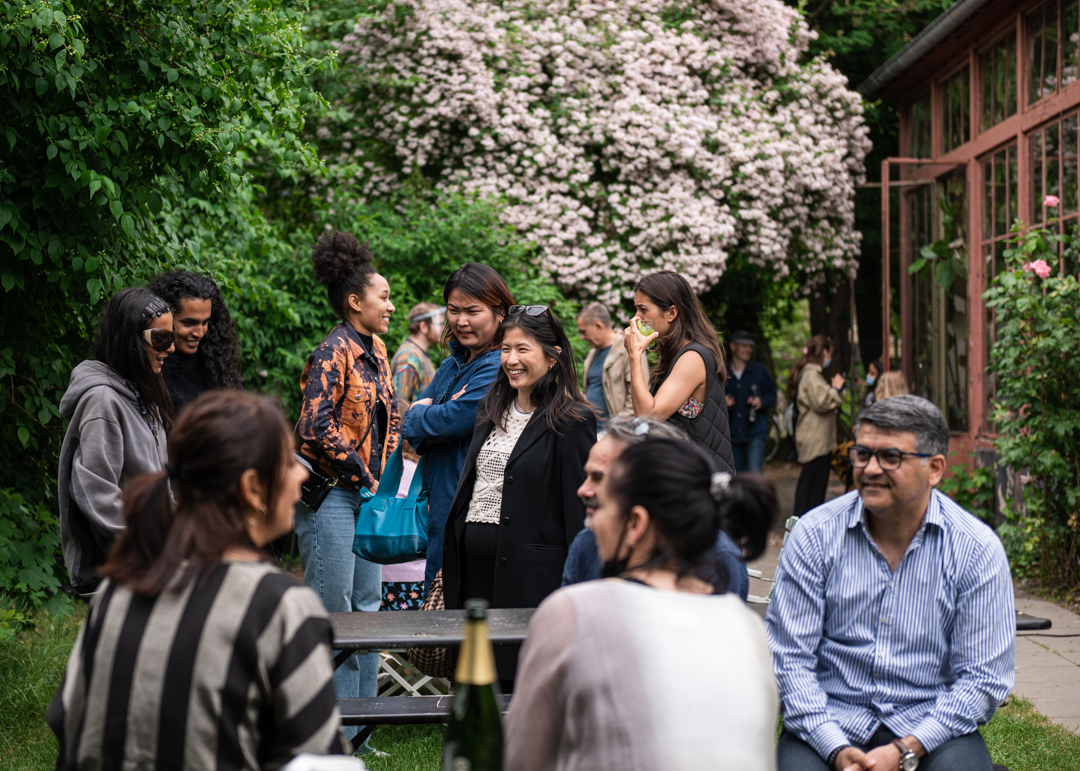
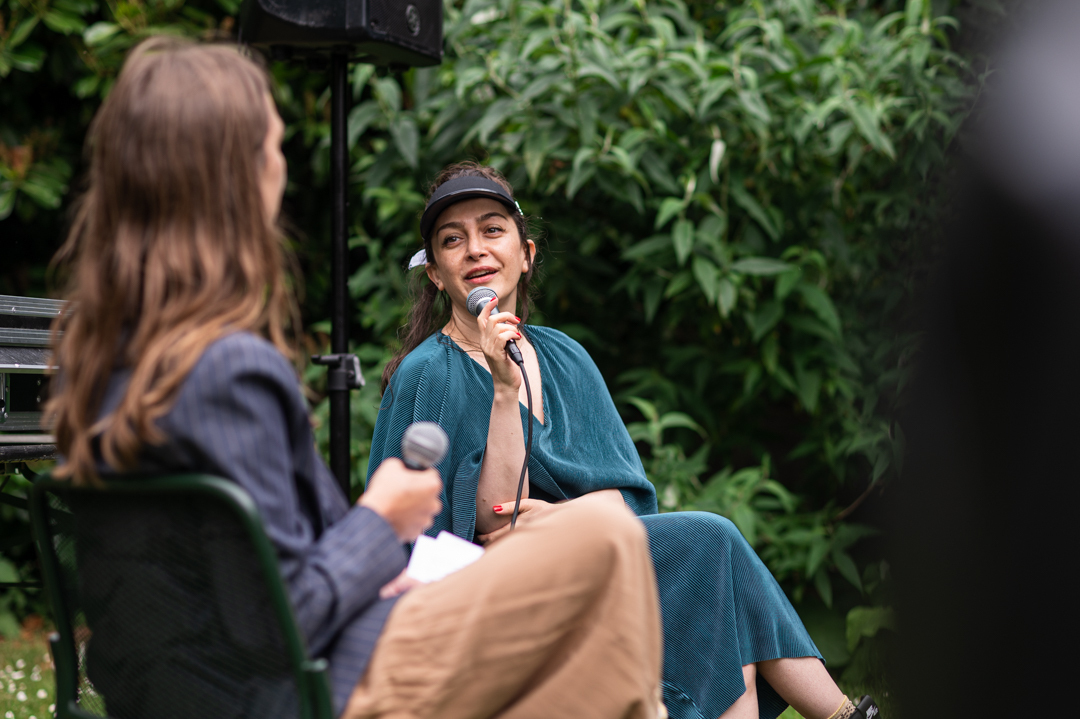

Location
Villa KulturDate
11.06 –12.06.2021Curator
Ida SchyumPhotography
Brian Kure and Niels Vogensen BiasevichSubheadline
I SEE MONSTERS EVERYWHERE by Sahar Jamili Through metallic installations and intimidating videos, visual artist Sahar Jamili (b. 1990) confronts us with the Danish racism and pays tribute to those surviving it. In her current exhibition at Villa Kultur in Copenhagen, we move room by room through an identity negotiation. Meanwhile, the white audience is told they have no right to judge anyone.Text
I SEE MONSTERS EVERYWHERE by Sahar Jamili
Through metallic installations and intimidating videos, visual artist Sahar Jamili (DK/AZE b. 1990) confronts us with the Danish racism and pays tribute to those surviving it. In her current exhibition at Villa Kultur in Copenhagen, we move room by room through an identity negotiation. Meanwhile, the white audience is told they have no right to judge anyone.
In her exhibition I SEE MONSTERS EVERYWHERE, Sahar Jamili underlines the homely atmosphere characterizing the 150-year-old upperclass villa, now a culture centre called Villa Kultur. As on arrival at a private home, we have to take off our shoes in the hallway, but at the shoe piles, a sound work confronts us with the racist prejudices white people have about Jamili. In the wake of the Prime Minister's statements on colored people in duvet jackets, Jamili finds that white feelings of insecurity have profoundly damaging consequences for those who are met by prejudice. Welcome inside.
Jamili has transformed Villa Kultur with a scenography exposing how the home for families with ethnic backgrounds other than Danish can accommodate a portal to another world. In a room with a green carpet, the video work besdi is shown. In it, Jamili rhythmically strikes a table disguised as her father. Besdi means ‘enough is enough’ in Azeri, and thus, the hand's stroke shows the limits Jamili’s father has set for her. But as her gaze is rigidly directed at us, the strokes simultaneously repulse the prejudices from the sound work in the entrance hall.
Although the striking father highlights a patriarchal structure Jamili has grown up with, the exhibition by no means rejects her background. Instead, we must humbly bow under a metal structure to enter a smaller adjacent space. Here we encounter an abundance of teacups, a pile of blankets and a video presenting Jamili's family's women in Azerbaijan. The video is an intimate portrayal across generations where Jamili, through a handheld camera, highlights the ambivalence of both being a spectator to her own culture while loving and feeling close to her family.
With this ambivalence as a premise, Jamili highlights the desire to unite her Azerbaijani background and beetroot-colored passport, but without compromising. The fragments of white racism, the Azerbaijani patriarch and an intimate encounter with Jamili's family’s women from the earlier rooms accumulate into monsters plastered on metallic hangings and a satellite dish. In conclusion, a classic B&O TV shows a series of clips from a composite human consisting of different personas who make up Jamili at once. It becomes clear that new and strong identities are emerging from the young Danish queer BIPOC * environment, which is emphasized at the end of the exhibition by a metallic chandelier with extensions. In Azerbaijan, the chandelier is a status symbol and a fixed part of the inventory. Jamili's chandelier unites the split between being Nørrebro Punker and Azerbaijani youth with green extensions, as an insistence on being oneself with an identity composed of fragments.
*BIPOC: Black, Indigenous, People of Color
The exhibition is curated by Ida Schyum and is supported by Grosserer L.F. Foghts Fond, Det Obelske Familiefond and Østerbro Lokaludvalg. On the occasion of the exhibition, translator, external associate professor, and critic Nazila Kivi discussed Sahar Jamili's works focusing on the monstrous with the curator Ida Schyum.
Sahar Jamili (1990) holds a BFA from the Royal Danish Academy of Fine Arts and has previously studied Chinese and Middle Eastern studies at the University of Copenhagen. She has most recently exhibited at Bizarro Logistics in Denmark, WEST BERLIN in Germany, and Steinsland Berliner in Sweden.
Exhibition info:
Duration: 12.th of June 2pm-10pm and 13.th of June noon-4pm in Villa Kultur, Krausesvej 3, Copenhagen DK. The exhibition was a part of Villa Kultur’s program “The artist and culture makers of the future.”
Ida Schyum